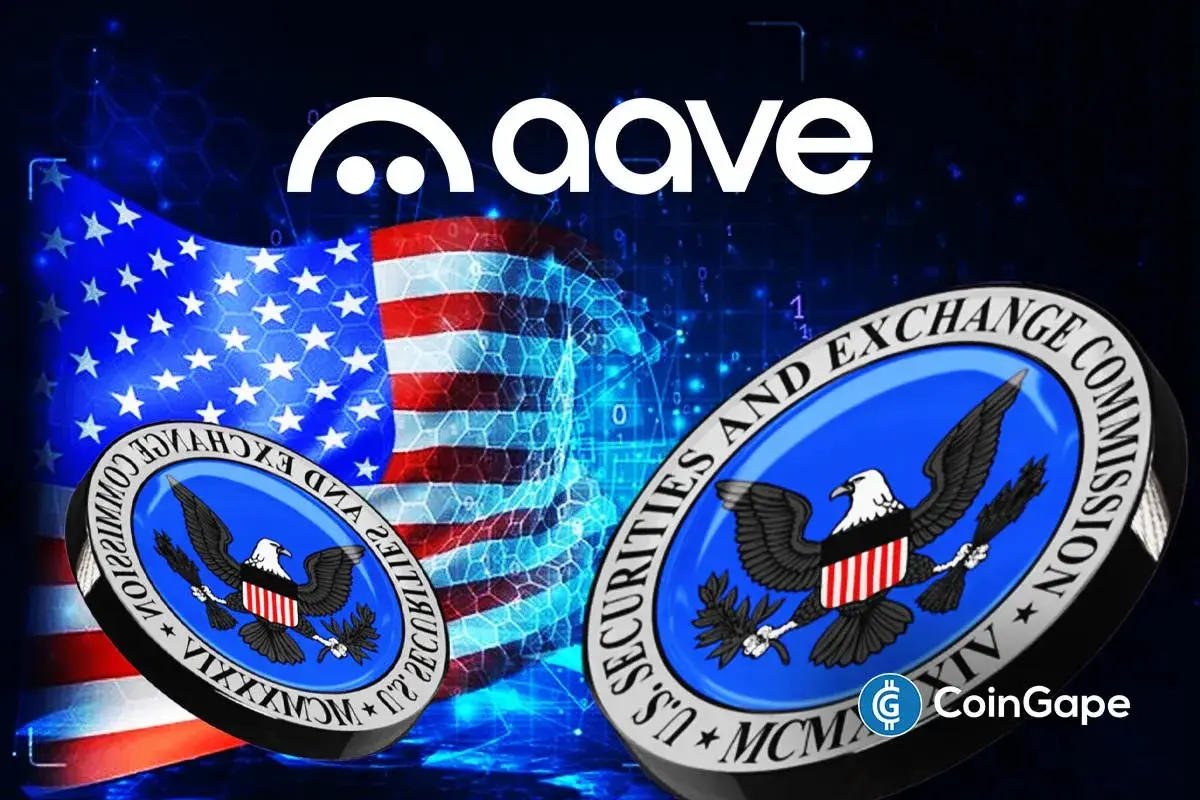Breaking: U.S. SEC Unveils ‘Token Taxonomy’ To Help Classify Crypto Assets

Highlights
- The Token Taxonomy forms one of the next steps under 'Project Crypto.'
- This initiative is expected to be led by the crypto task force.
- This will help clarify what assets are securities and non-securities.
The U.S. Securities and Exchange Commission (SEC) has revealed the next steps in its Project Crypto initiative. The commission plans to create a token taxonomy framework to clarify which crypto assets are securities and which are not.
SEC To Establish A Token Taxonomy For Crypto Classification
In a speech at the Federal Reserve Bank of Philadelphia, SEC Chair Paul Atkins stated that the commission will consider establishing a token taxonomy that centers around the longstanding Howey investment contract securities analysis. This is to help address the limitations of current laws and regulations and clarify which crypto assets are securities.
Atkins noted that this initiative marks one of the next steps in their ‘Project Crypto‘ journey as they seek to provide regulatory clarity. In his speech, the SEC chair reiterated that most crypto assets are not securities.
He further outlined his current stance on the various categories of crypto assets, which is also likely to be reflected in the token taxonomy. First, the SEC chair stated that digital commodities or network tokens are not securities because they derive their value from the programmatic operation of a decentralized crypto system rather than from an expectation of profits from the efforts of others.
Furthermore, Atkins opined that digital collectibles are not securities because they may represent or convey rights to works of art, and that purchasers of these collectibles do not expect profits. The same goes for digital tools, which the SEC chair opined aren’t securities as they perform a practical function.
On the other hand, he asserted that tokenized securities will continue to be securities despite a change in their form. The SEC chair noted that these crypto assets represent the ownership of a security. Amid the SEC’s move to provide regulatory clarity, the U.S. Congress is also working on the crypto market structure bill, which will also help classify these crypto assets.
The Howey Test Angle
The SEC chair stated that while most crypto assets are not securities in themselves, they can be part of or subject to an investment contract, which is where the Howey test comes in. He noted that these crypto assets carry certain representations or promises to undertake essential managerial efforts that satisfy the test. The proposed token taxonomy is also likely to help provide guidance on this.
Atkins opined that these representations or promises must be explicit and unambiguous as to the essential managerial efforts which the issuer aims to undertake. In line with this, he explained that a non-security crypto asset can be separate from an investment contract if the issuer fulfills the representations or promises, fails to satisfy them, or they otherwise terminate.
The SEC chair highlighted Commission Hester Peirce’s observation that a project’s token launch might initially involve an investment contract, but that the promises do not remain forever as networks mature, code is shipped, and control disperses. This is a case where the issuer’s role diminishes, and token holders no longer expect a particular team to control and manage the network’s operation.
- Binance Lists First Nation–Backed Stablecoin; CZ Reacts
- U.S. Initial Jobless Claims Fall To 214,000; BTC Price Drops
- BlackRock Deposits Millions in Bitcoin and Ethereum as CryptoQuant Flags Growing Bear Market Risk
- NiceHash Review: Trade HashRate and effectively manage your POW mining facility
- US SEC Deliberates Nasdaq Bitcoin Index Options Approval amid Rising Derivatives Demand
- XRP, Bitcoin, Ethereum Price Predictions Ahead of Jan 2026 CLARITY Act and US Crypto Reserve Plans
- Pi Network Analysis: Pi Coin Price Surges on Christmas Eve, Can It Hit Year-End Highs?
- Why Dec 26th Is A Do Or Die for Bitcoin Price Ahead Of Record Options Expiry?
- Why Bitcoin, Ethereum And XRP Prices Are Down Today? (24 Dec)
- XRP Price Prediction: Will 4 Billion Transactions Spark Next Rally?
- Solana Price Outlook: Will SOL Recover With Strong Institutional Buying?

 Claim $500
Claim $500














